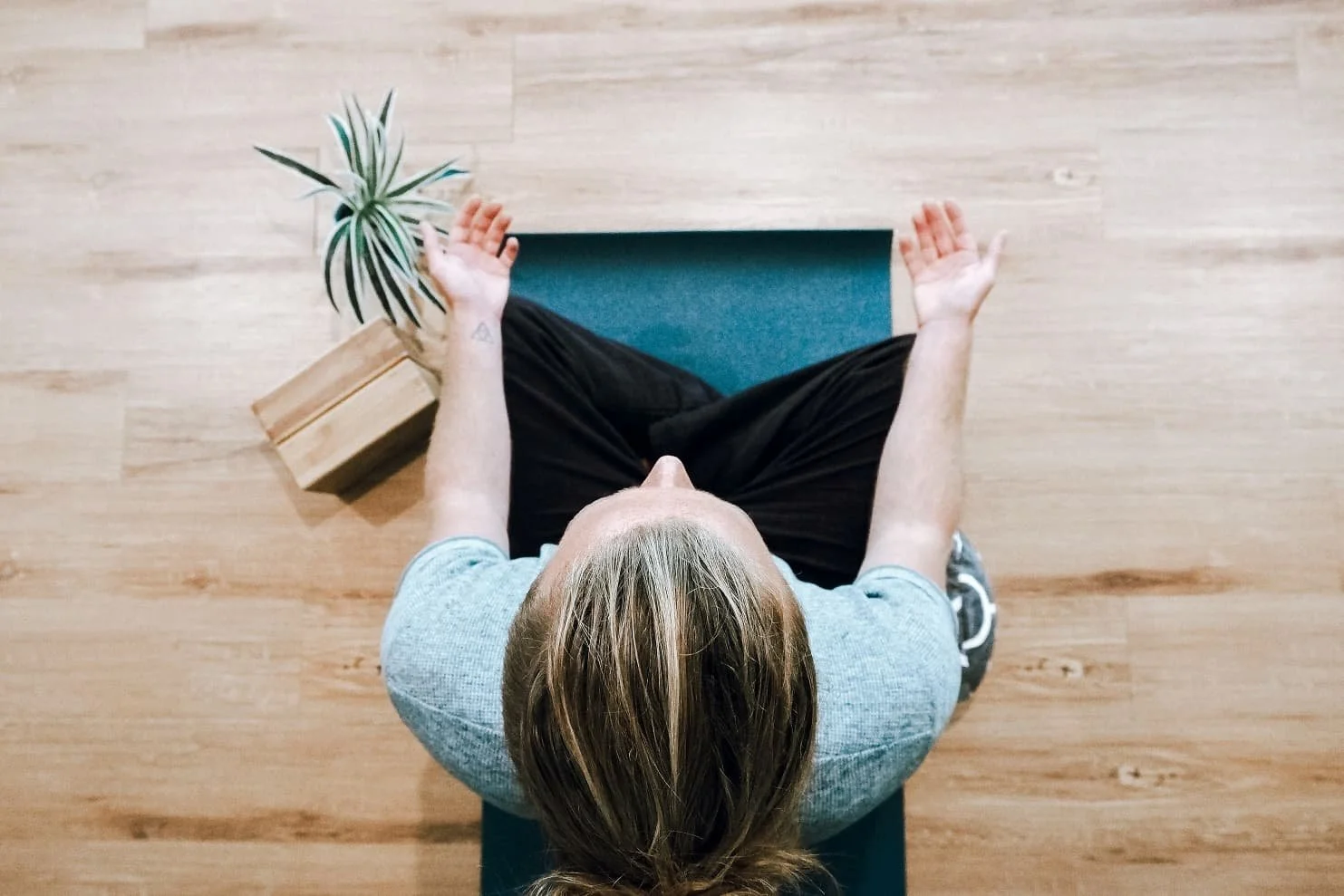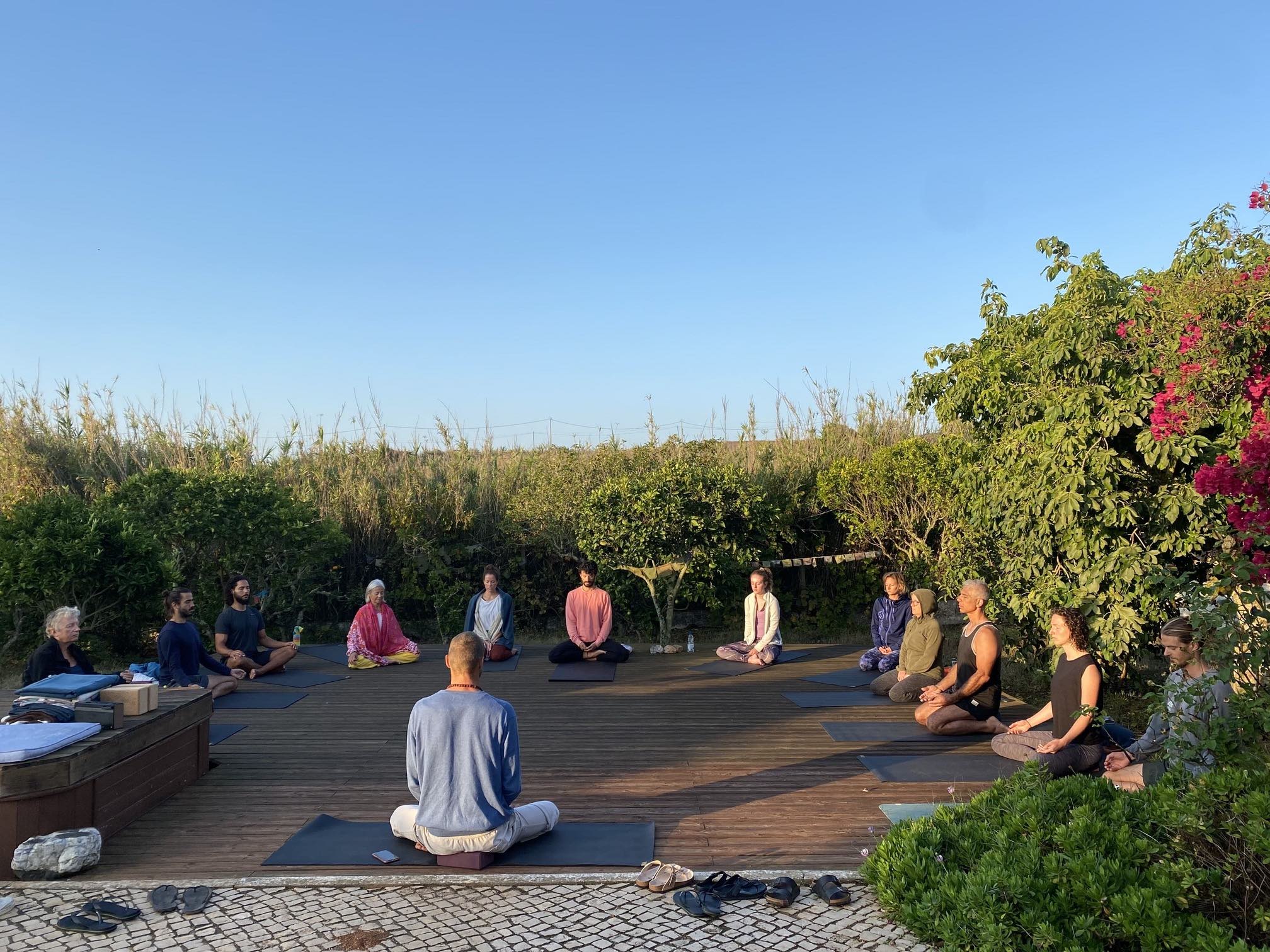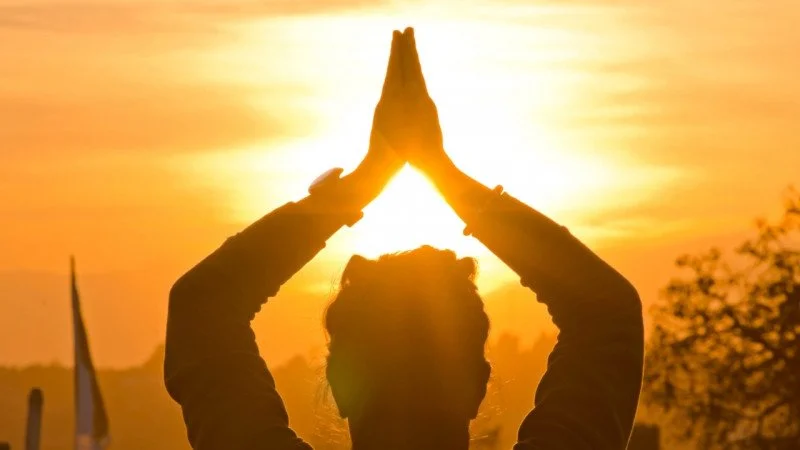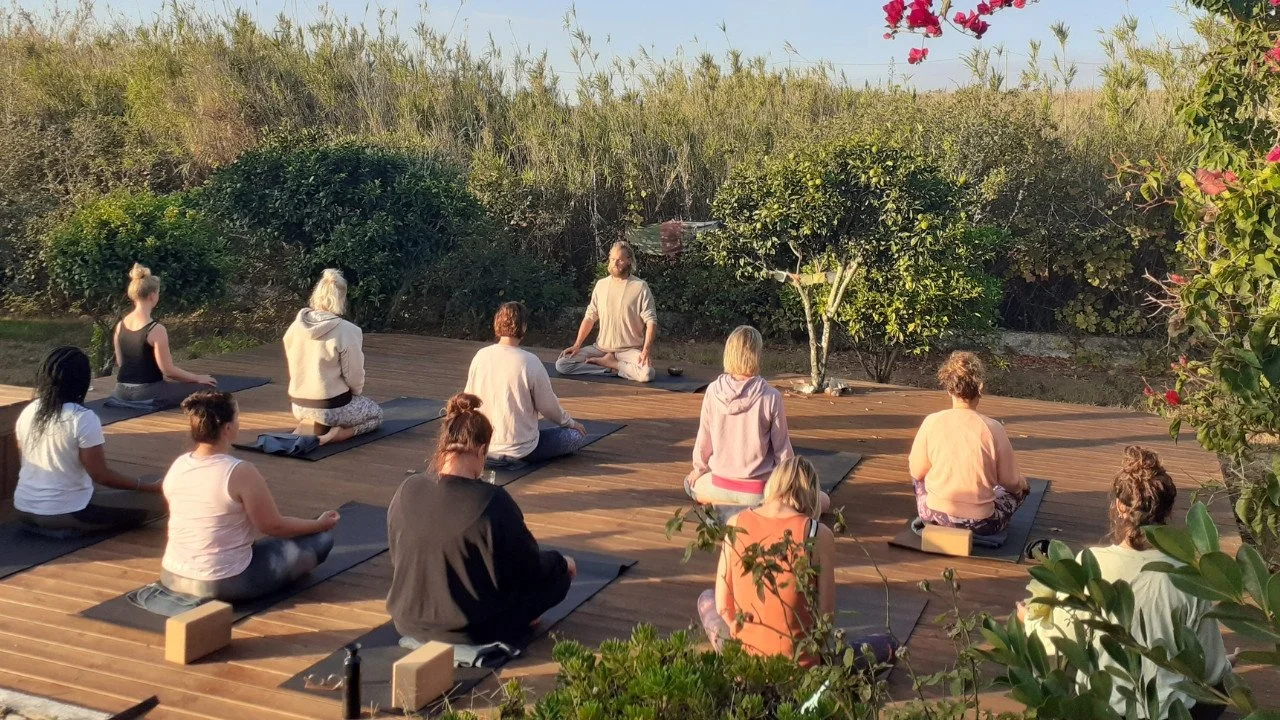As a means of calming our thoughts, focusing our attention and gaining greater control of our minds, meditation is an excellent tool for achieving inner harmony and contentment.
But while anyone who has practiced meditation for any prolonged period of time will undoubtedly agree about its positive effects upon physical, mental and spiritual well-being, they will likely be divided over which type of meditation serves the purpose most effectively.
That’s because there are a wide variety of different types of meditation being practiced today – and no single one of them is the “right” way to meditate. Indeed, what works well for one individual may not for another, and vice versa. As human beings, we are all different in our physiology and psychology, so it’s only natural that there is no one-size-fits-all when it comes to achieving the optimum outcomes from meditation.
With that in mind, we have outlined some of the most popular types of meditation for your perusal below. This list is by no means an exhaustive one, since meditation has been practiced in countless countries and cultures around the globe for millennia. As, such it has taken on many forms and guises throughout its development and in fact, many of the categories mentioned below overlap and complement one another.
Having said that, this article should provide an introduction to the most prevalent forms of meditation in the Western world and serve as a platform for those new to the discipline to experiment with which type is best suited to their personality.
Focused Attention Meditation
One of the most commonly practiced forms of meditation, focused attention simply revolves around focusing your attention on one specific activity, item or concept. The breath often forms the central tenet of focused attention meditation, since concentrating solely on the inhalation and exhalation of air is something that everyone can do without training or education.
Of course, maintaining that concentration for extended periods of time is a different matter altogether and mastering breathwork is a challenging task for even more experienced practitioners of meditation. For that reason, enrolling in an online course (such as Yogalap’s hugely popular Breath Is Life programme) is a very helpful way of honing your skills in focused attention.
Mantra Meditation
Mantra meditation is actually an offshoot of focused attention meditation. But instead of concentrating solely on the breath, you are encouraged to repeat a word, phrase or other sound to yourself over and over for the duration of the practice. This can be done silently or out loud, whichever way you find easiest to harness your attention to the mantra itself.
Throughout history, mantra meditation has been practiced by people of all of the world’s major religions and creeds – but it doesn’t necessarily have to carry with it a spiritual association. “Om” is traditionally one of the most popular sounds which people repeat in order to practice mantra meditation and it can be done with or without religious significance.
Guided Meditation
As the name suggests, guided meditation involves a teacher or guru guiding your thoughts as you relax and allow your mind to follow their lead. This can take many forms, from the simple visualisation of a particular place, person or thing to a more complex journey across physical and astral planes of existence.
Many beginners in meditation find a guided exercise extremely valuable in getting to grips with the basics of the practice, since an experienced practitioner is on hand to lend their expertise.
Body Scan Meditation
Body scan meditation can be performed as a guided or silent practice. It doesn’t matter whether a teacher guides your body scan in person, you listen to a pre-recorded message or you simply take charge of the session and direct your thoughts independently – the basic essence of body scan meditation remains the same.
This involves “scanning” your body from head to toe (or vice versa), taking the time to divert your full attention to each body part in turn, noting the sensations, aches or discomforts it is experiencing and releasing any excess tension you may have there. This is not only an effective means of controlling your thoughts, but can also produce beneficial effects for those who suffer from chronic pain, as well.
Chakra Meditation
This type of meditation is based upon the theory that our bodies hold seven chakras, each of which is situated at a different position on the spine. The word itself is Sanskrit and can be translated as “wheel”. The practice dates back to Ancient India and is founded upon the belief that each chakra is a center of energy within the body.
As such, chakra meditation revolves around concentrating on each of these centers and keeping them aligned so that energy can flow freely between them. When a chakra becomes blocked or imbalanced with the others, it can lead to physical or emotional discomfort, so this type of meditation is used to restore equilibrium and harmony between them.
Loving-kindness meditation
Also known as “metta” meditation, loving-kindness meditation is used to help cultivate greater compassion within oneself. It can take a variety of forms, but most commonly practitioners are encouraged to entertain well-wishes and feelings of positivity, both towards themselves and towards other people.
One popular form of the practice begins with imagining something that would make you personally happy, then relishing those feelings of contentment and joy. After this, the process is repeated but with other people, beginning with those close to you and moving onto other acquaintances. As well as people to whom you harbour feelings of love and friendship, you are also encouraged to contemplate those with whom you may have had a complicated relationship in the past.
Movement Meditation
All aforementioned types of meditation are traditionally practiced in a stationary position, usually sitting on the floor or in a chair. However, meditation doesn’t have to be a static exercise. Indeed, movement meditation is popular among those who traditionally find they do not like meditation, especially if it involves sitting still for long periods!
One tried and tested movement meditation technique is taking a mindful walk. By immersing yourself in nature and paying close attention to the sights, smells and sounds all around you, you can ground yourself in the here and now. Becoming fully present in the moment in this way can help to contextualise the worries and anxieties that we accrue in the course of modern life, relieving stress and boosting mental health in the process.
Vipassana Meditation is a type of mindfulness meditation that originated in ancient India. The word “Vipassana” means “insight” in Pali, the language of early Buddhism, and it refers to the practice of gaining insight into the true nature of reality. The goal of Vipassana is to develop a deep understanding of the mind and body, and to see things as they truly are, free from our habitual patterns of thinking and reacting.
The practice of Vipassana involves paying close attention to the breath and the sensation in the body. This helps to develop mindfulness, which is the ability to be fully present and aware in the moment. As practitioners become more skilled in mindfulness, they begin to notice the arising and passing away of thoughts, emotions, and sensations. This helps them to gain insight into the impermanence and interconnectedness of all things.
Vipassana meditation is a form of insight meditation, which is a type of meditation that focuses on understanding the true nature of reality. It is different from other forms of meditation, such as concentrative meditation, which focus on developing a single-pointed focus, or relaxation meditation, which focus on reducing stress.
Vipassana meditation is a technique of self-transformation through self-observation. It focuses on the deep interconnection between mind and body, which can be experienced directly by disciplined attention to the physical sensations that form the life of the body, and that continuously interconnect and condition the life of the mind. This is the process of self-purification by self-observation.
Combining QiGong with meditation can facilitate the creation of energetic connections within both mind and body.
Finding a type of meditation that works for you
As mentioned above, there is no right or wrong way to meditate. In fact, the best way to meditate is simply the one which proves to be most effective and helpful for you and your particular preferences and requirements.
As such, anyone who is new to meditation is advised to simply try out different ways of doing so to find the one that suits them best. Too often, people spend five minutes struggling to tame their thoughts through focused attention or breathwork exercises, only to become frustrated and disillusioned with the practice. In the worst-case scenario, this unproductive experience can sour their opinion of meditation as a whole, despite the fact that there are many ways to practice it and benefit from it.
Of course, all of the above forms of meditation can be practiced individually and without the help of others. However, newcomers often find they lack the experience and discipline to get the most out of the practice, which is why enrolling in an online course can provide the direction needed to gain a foothold on your journey.
But regardless of whether you choose to meditate alone or with others, via an in-person class or through an online course, we hope that you are able to find a type of meditation which works for you and allows you to unlock the incredible benefits that this ancient practice brings.







